
With up to 335kW and 570Nm of torque, FPV's Miami was the baddest boy on the block when it was introduced in 2010. Here's a look back at how we introduced the new king of the hill in the December 2010 issue of Street Machine:
By now, most Ford fans would have heard all the rumours about the new Miami blown V8 - well here it is.

While it's based on the quad-cam 32-valve 5.0-litre Coyote V8 (as fitted to the 2010 Mustang), the Miami is unique to FPV. It was developed entirely here in Australia, at a cost of $40million.
It's also completely hand-assembled at FPV's Campbellfield plant using a combination of imported and Australian-sourced parts, so it's very much an Aussie bit of gear and it's not available through any other Ford division. In fact, if Ford USA, Ford Europe or Ford Australia wish to use the beasts, they'll need to buy them from FPV!

A BOOSTED NECESSITY
Why go blown? FPV is part of Ford's global family, so all FPV products have to meet Ford's global durability standards. This, along with the need to meet the tough Euro IV emission standards, meant the 5.4-litre Boss engine was no longer viable, which left the Mustang's 5.0-litre Coyote V8 as the next-best alternative.
Sure, the Coyote's a highly sophisticated engine but in stock 11.01 N/A trim it makes 307kW (412hp) at 6500rpm and 528Nm (390lb-ft) at 4250rpm. FPV reasonably believed that it would have been difficult to motivate buyers into the latest models if they had less power and torque than the departing 315kW/551Nm versions.
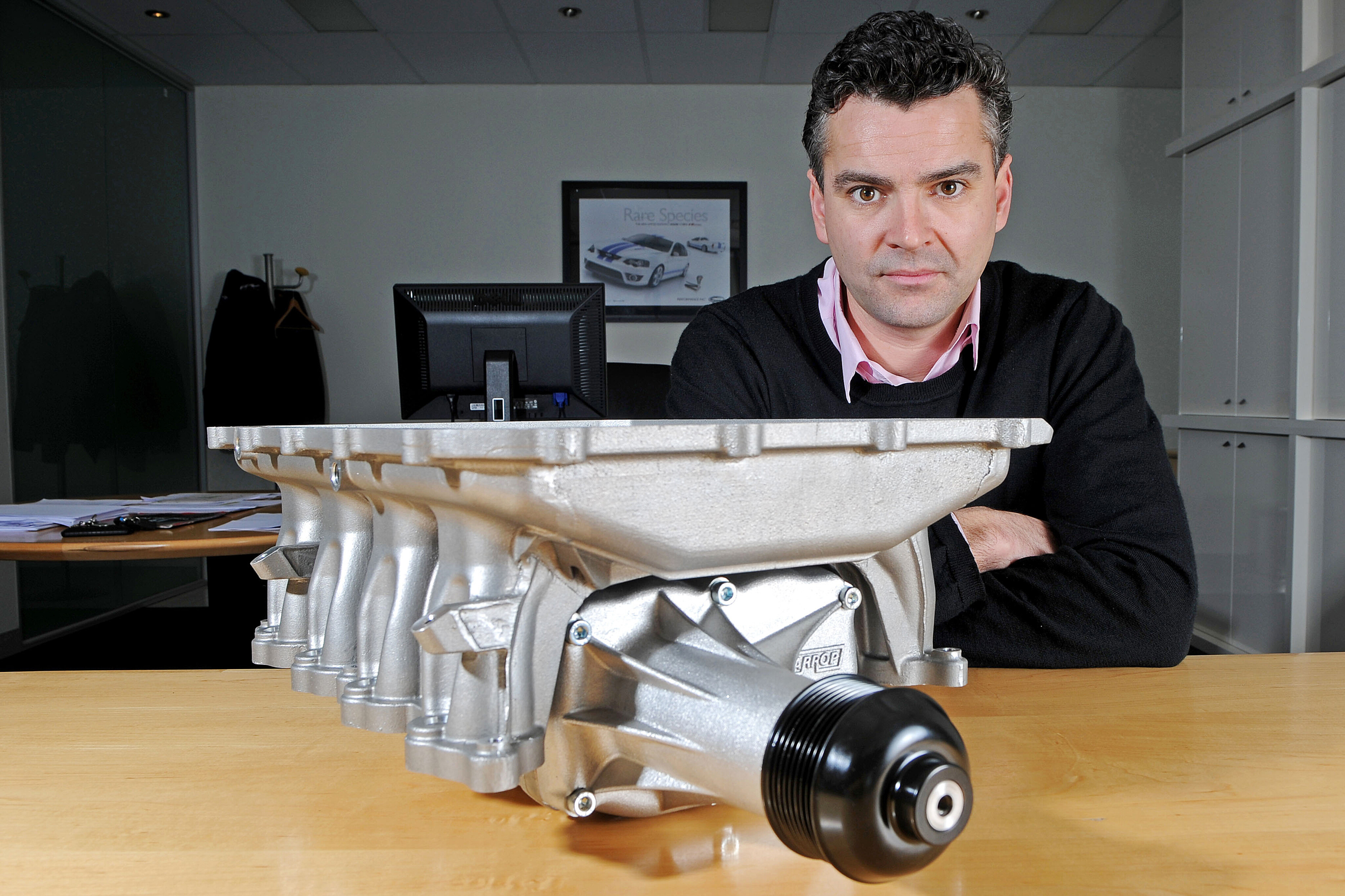
They contemplated tweaking the Coyote for more grunt, but if would have been a modest step up, not the big jump FPV was looking for, so forced induction was the perfect solution.
It delivered the desired increase, and built in some headroom for future upgrades - 'future proof' in FPV terminology. Regardless, it's one horn engine!
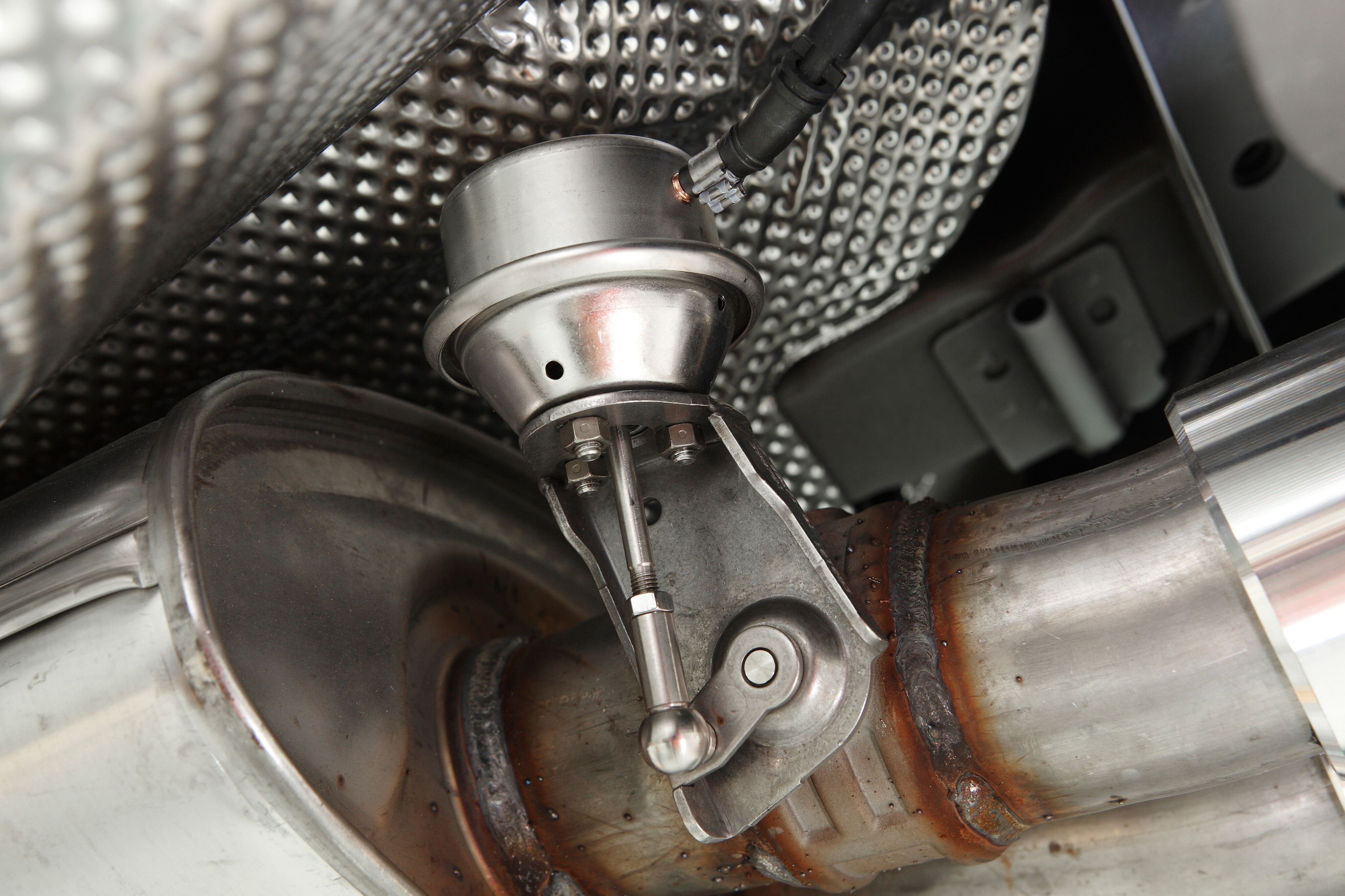
VARIABLE CAM TIMING
After the blower, the engine's other key feature is its variable cam timing. Here, each inlet camshaft is fitted with a hydraulically adjusted phaser that can advance of retard the cam.
Note that unlike the US Coyote V8, which runs four cam phasers, the exhaust cams are fixed on the FPV Boss. The cams run maximum advance (maximum overlap) at low speeds, while at high revs the overlap is reduced, which improves volumetric efficiency by reducing backflow into the intake port.

This is especially important on boosted engines, as excessive overlap can cause a lot of 'blow through'. Late intake closing can cause too much reversion.
Reversion is often more detrimental to volumetric efficiency than blow through, as it has the compounding effect of increasing the supercharger pressure ratio and supercharger power consumptions.
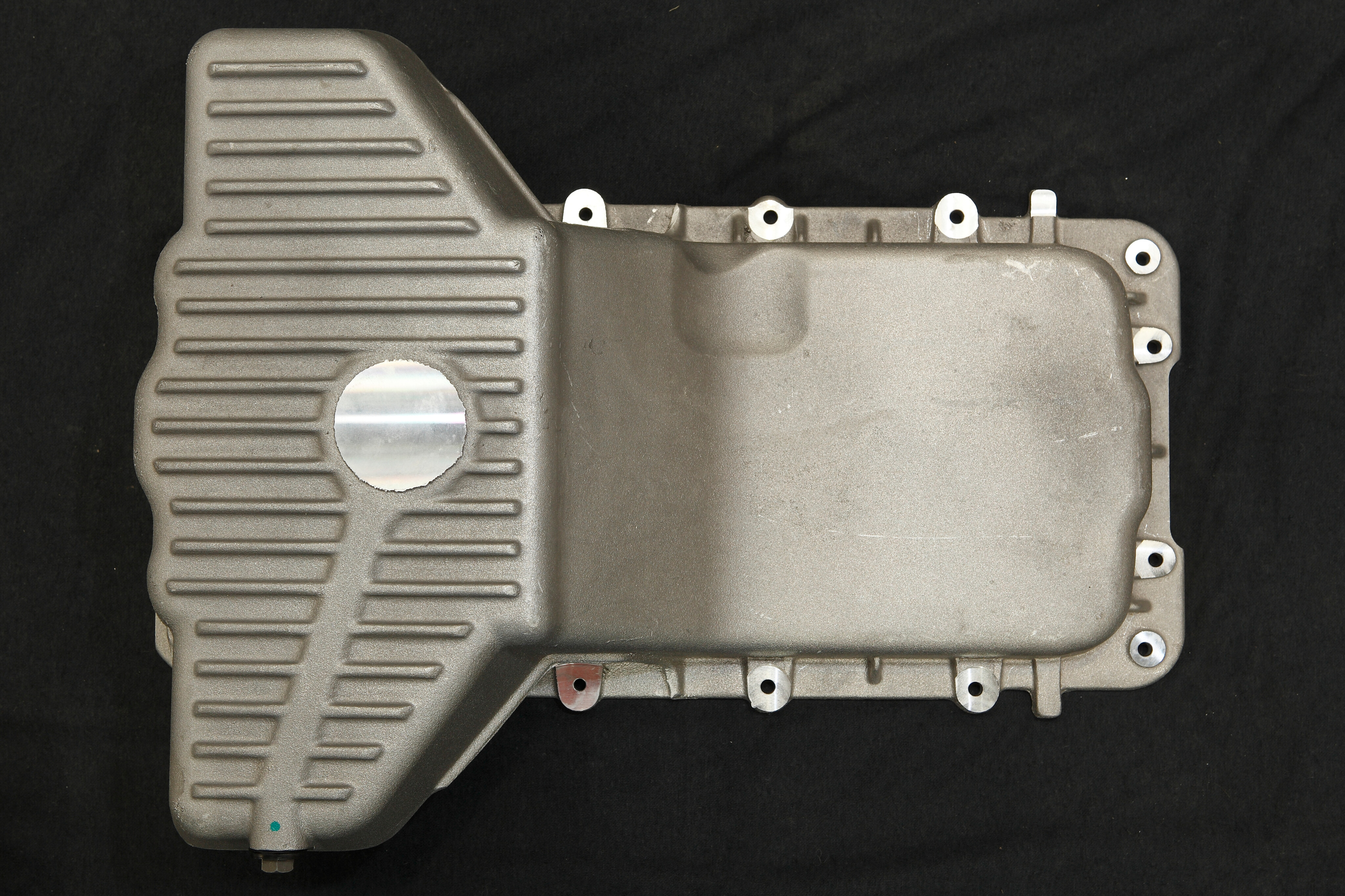
HEAD 'EM UP
The new mill uses 32-valve heads with pent-roof combustion chambers and centrally located sparkplugs. While similar in configuration to the 5.4-litre Boss, these are all-new. Indeed, Ford USA claims the Coyote engine is 95 per cent new.
Great head flow was one of the Coyote's primary design goals and boy do they flow. According to figures from Ford USA, they flow better than any of its existing production heads - including those on the GT supercar - as well as the Aussie 5.4-litre Boss, which was non too shabby.
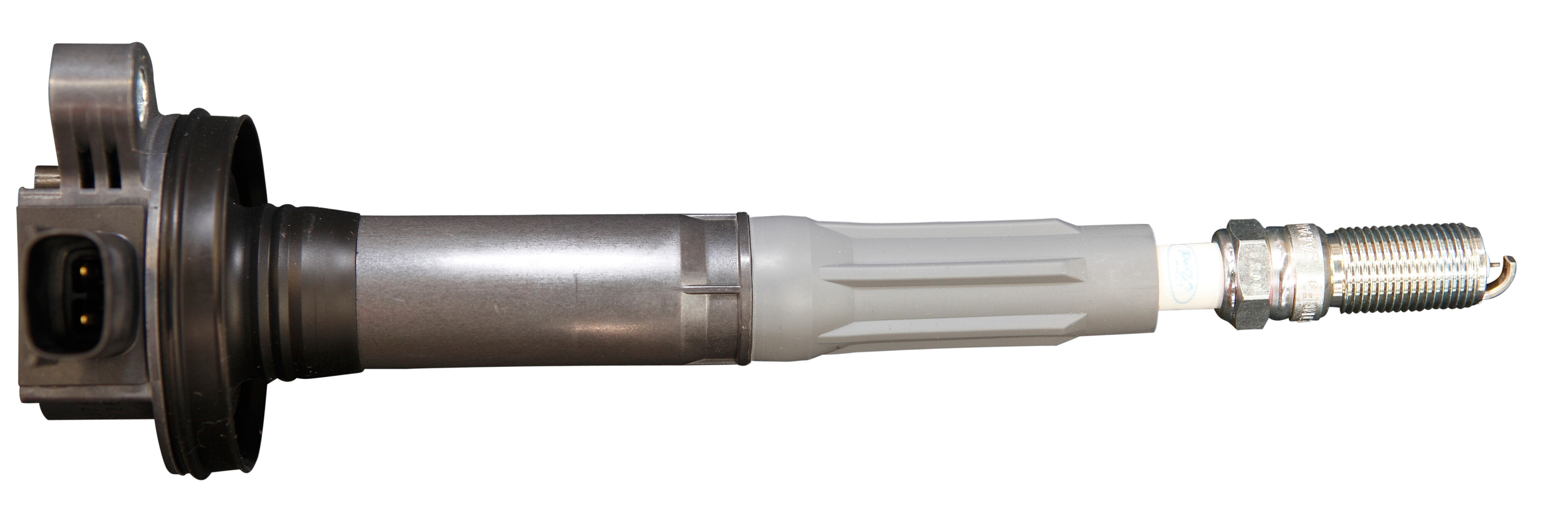
Port and combustion chamber shapes remain identical to Coyote, through FPV upgraded to Inconel exhausts valves to better withstand higher chamber temperatures and stresses.
The injectors were also re-targeted (angle altered) to suit the boosted application and improve cold-start emissions.
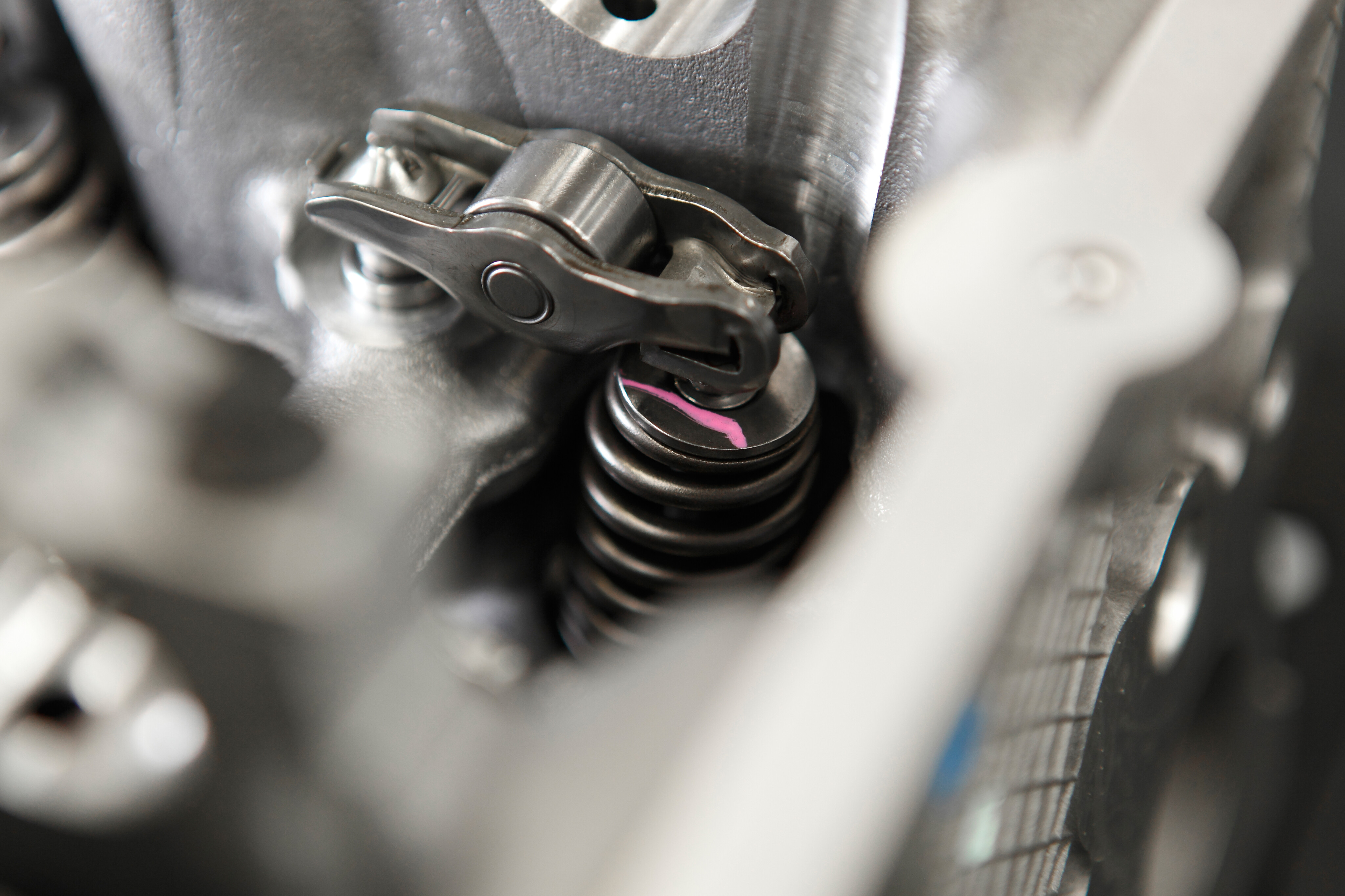
ON THE BLOCK
The aluminium block uses an open deck design and features cast iron press-in sleeves. Being alloy, the Supercharged Boss weighs 47kg less than the iron-block 5.4-litre. That's a lot, considering there's an 18kg blower assembly up too. It's also more compact then the 5.4 due to a shorter deck height - 227mm (8.937in) versus 256mm (10.079in).
While the shorter deck pretty much rules out stroking it out to 5.4 litres, it does make it 45mm narrower across the shoulders (736mm versus 781mm).
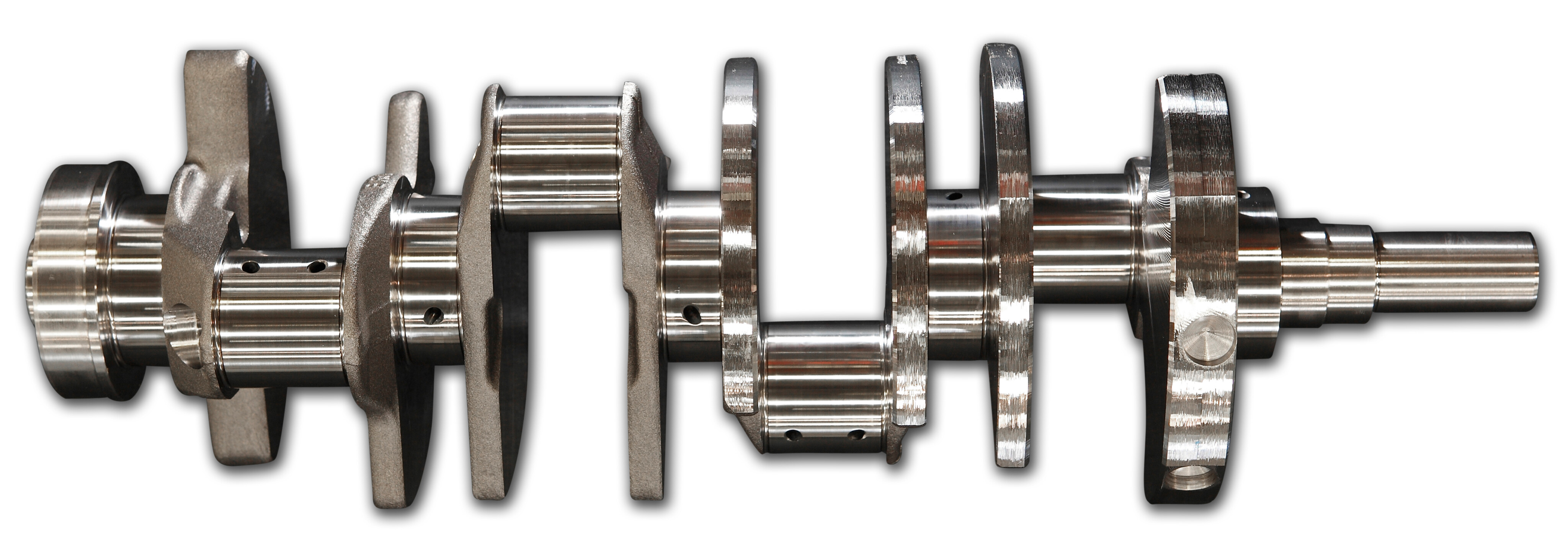
Ford USA definitely had boosted applications in mind when it designed the Coyote, as it features thick main webbing, a deep-skirted block, six-bolt caps (four vertical, two cross bolts) and an optimised location for the M12 head bolts.
So don't think for a moment FPV's overstressing things, as there's plenty of scope in the basic architecture.
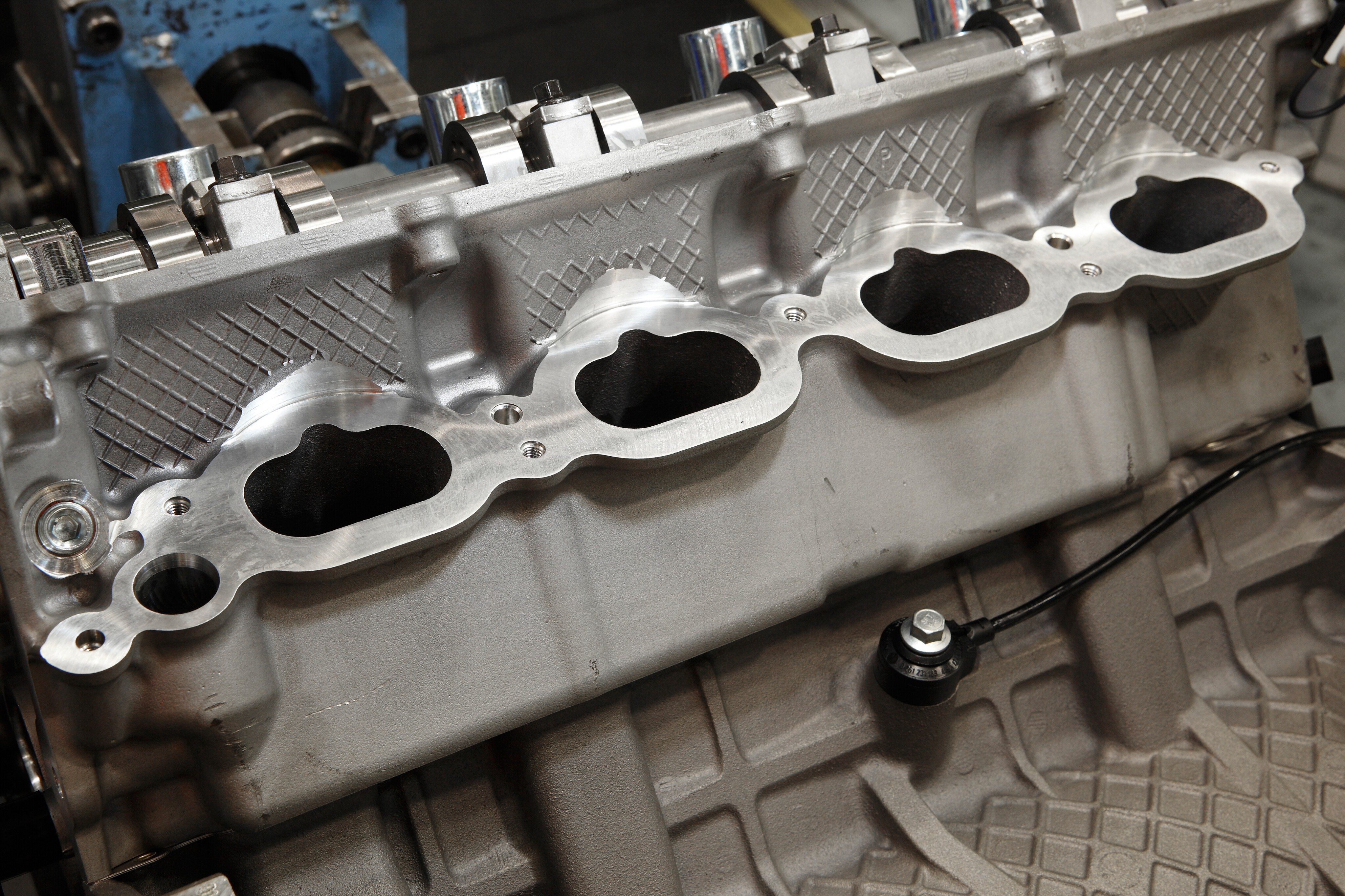
POWER & THE GLORY
There are two versions available; a 315kW donk for the GS, and the 335kW versions in the GT, GT-P and GT-E. Both are more fuel efficient than the 5.4-litre Boss and are fully compliant with Euro IV emissions.
More importantly, the torque curve is dead flat all the way from 2200rpm right through to 5500rpm. With such a flat torque curve, the seat-of-the-pants acceleration will feel much greater than the raw numbers would indicate.
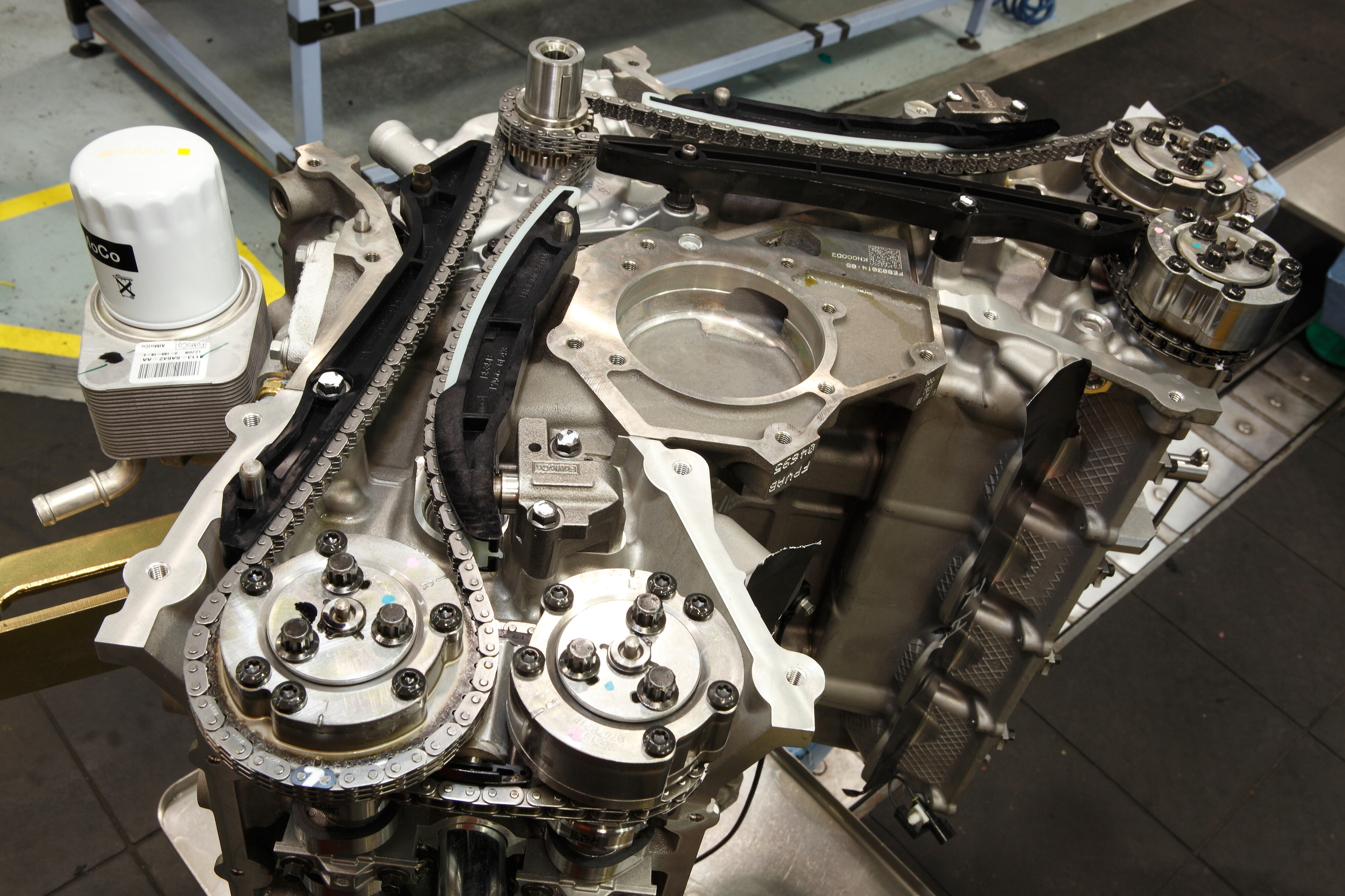
To put those numbers into real-world perspective, the big-dawg 335kW is capable of pushing an 1855kg FPV GT down the quarter in less than 13 seconds.
Imagine one of these in lightweight early-girl Falcon - you might crack into the 10s!

THE BLOWER
The 1.9-litre blower uses the Eaton TVS sixth-generation rotor set, while the housing itself was developed and is cast by Harrop Engineering. Basically it’s a variant of Harrop’s HTV1900. At this point in time it’s not working overly hard, pushing 0.34bar (5psi) boost in the 315kW GS version and 0.4bar (5.9psi) boost in the gruntier 335kW offering.
These blowers are good for as much as 0.9bar (13psi), so there’s still plenty in hand. Mind you, higher boost applications will require intercooling — more on that in a minute.
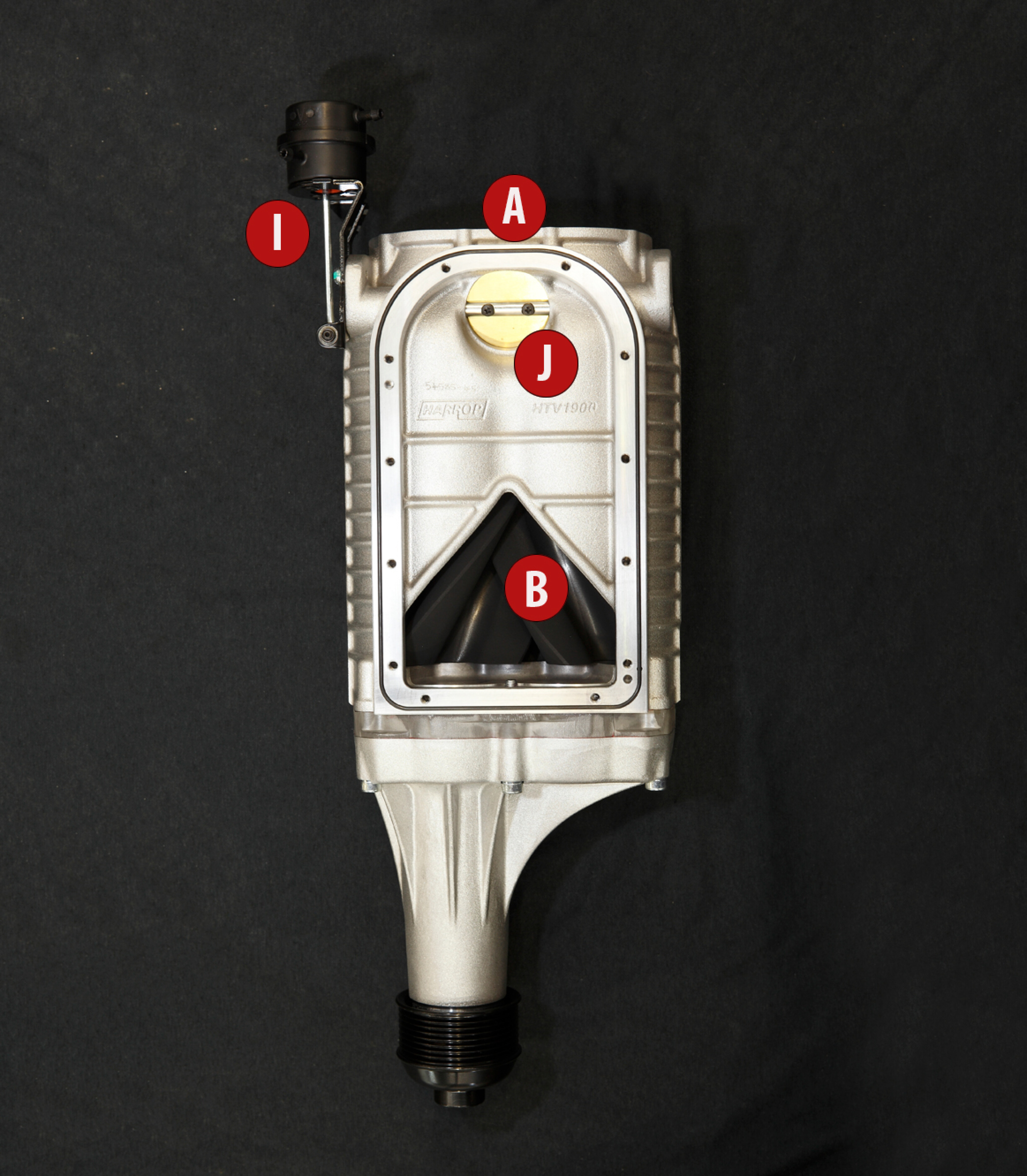
The air path into the Supercharged Boss is like this: after passing through the 75mm fly-by-wire throttlebody, air is drawn into the rear of the supercharger (A). The blower’s twin screws (B), compress the air and force it out through the top of the blower and into the two-piece inlet manifold (C).

Sitting inside the plenum is a three-chamber diffuser (no, it’s not an intercooler).

Air flows up through the centre chamber (D), into the upper plenum (E), where it does a 180deg turn before heading back down through the two outer chambers (F & G) and into the inlet manifold runners (H).
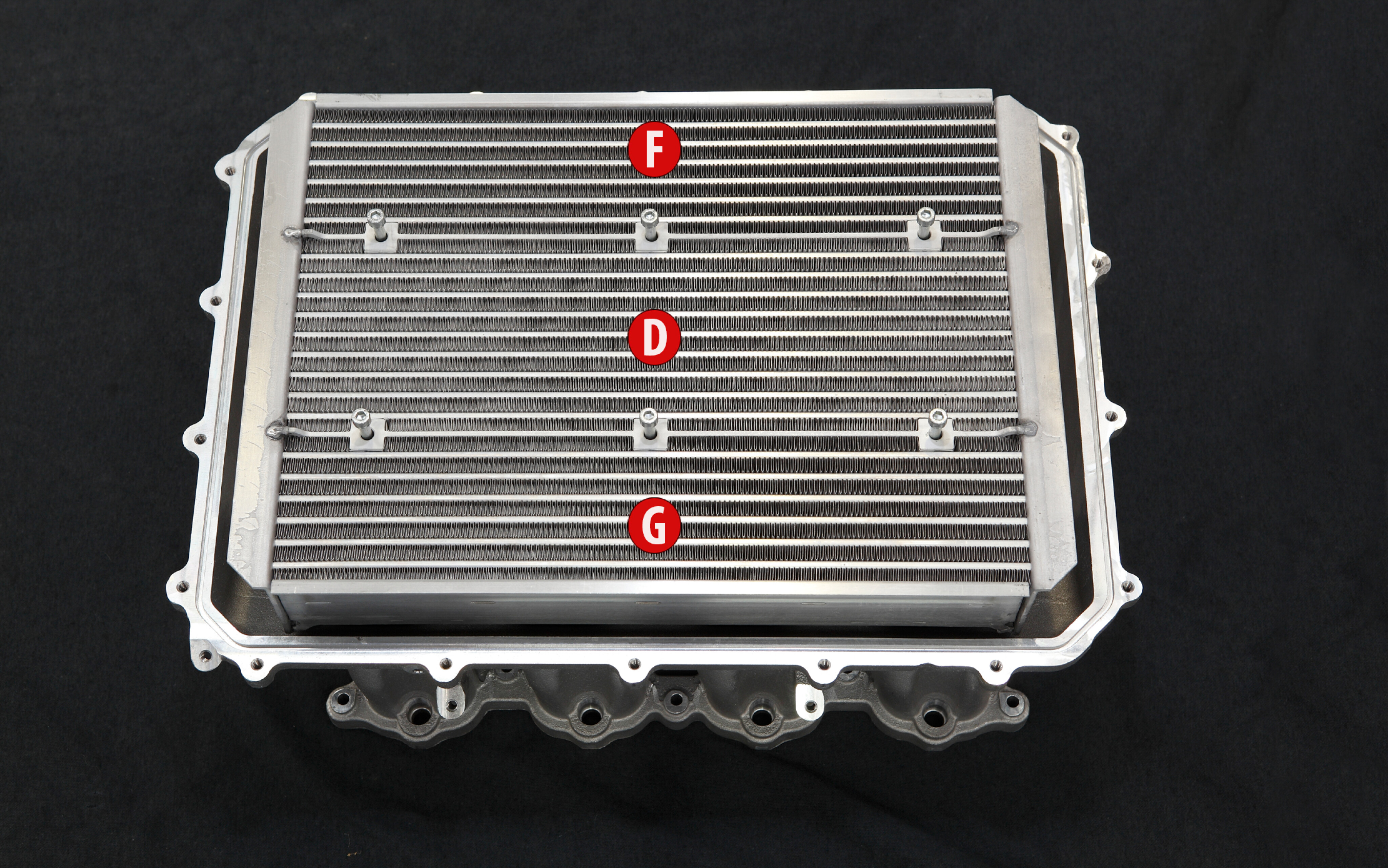
The PCM-controlled inlet bypass system (I) bleeds air directly into the inlet manifold through a throttle valve (J) to control boost pressure.
Inside word is that 0.4bar (5.9psi) boost is about the limit for non-intercooled applications. Our guess is that with FPV placing so much emphasis on making the engine ‘future proof’, the ‘diffuser’ will grow some end tanks and coolant fittings to become a water-to-air intercooler. But that’s pure speculation.
SPECS:
| Block: | Alloy, press-in sleeves, six-bolt mains |
|---|---|
| Bore: | 92.2mm (3.629 inches) |
| Stroke: | 92.7mm (3.6949 inches) |
| Bore spacing: | 100mm (3.937 inches) |
| Deck height: | 227mm (8.937 inches) |
| Conrod length: | 150.7mm (5.93 inches) |
| Heads: | Four-valve pent-roof design |
| Inlet valves: | Steel 37mm |
| Exhaust valves: | Inconel steel 31mm |
| Combustion chamber: | 55.98cc |
| Compression ratio: | 9.25:1 |
| Camshaft inlet: | 12mm valve lift, variable cam timing |
| Camshaft exhaust: | 11mm valve lift, fixed timing |
| Rocker ratio: | 2.02:1 |
| Throttlebody: | 75mm fly-by-wire |
| Firing order: | 1-5-4-8-6-3-7-2 (same as Y-block Ford) |
| Engine redline: | 6250rpm with a hard-cut rev limiter |
| Power (GS): | 315kW@5740rpm/0.34bar boost |
| Torque (GS): | 545Nm@2200rpm |
| Power (GT, GT-P, GT-E): | 335kW@5750rpm/0.4bar boost |
| Torque GT, GT-P, GT-E): | 570Nm@2200rpm |
| Economy: | 13.6-13.7l/100km (sedan, claimed) |

COMMENTS